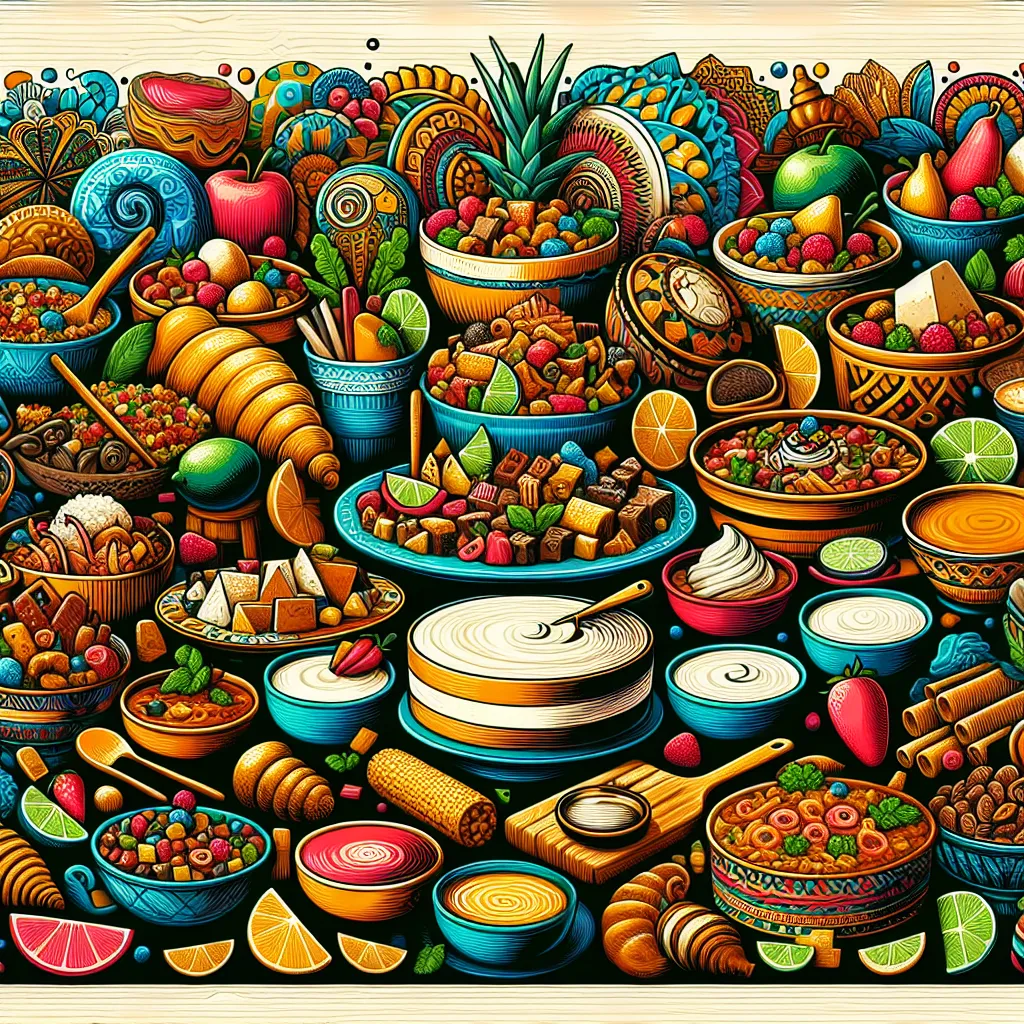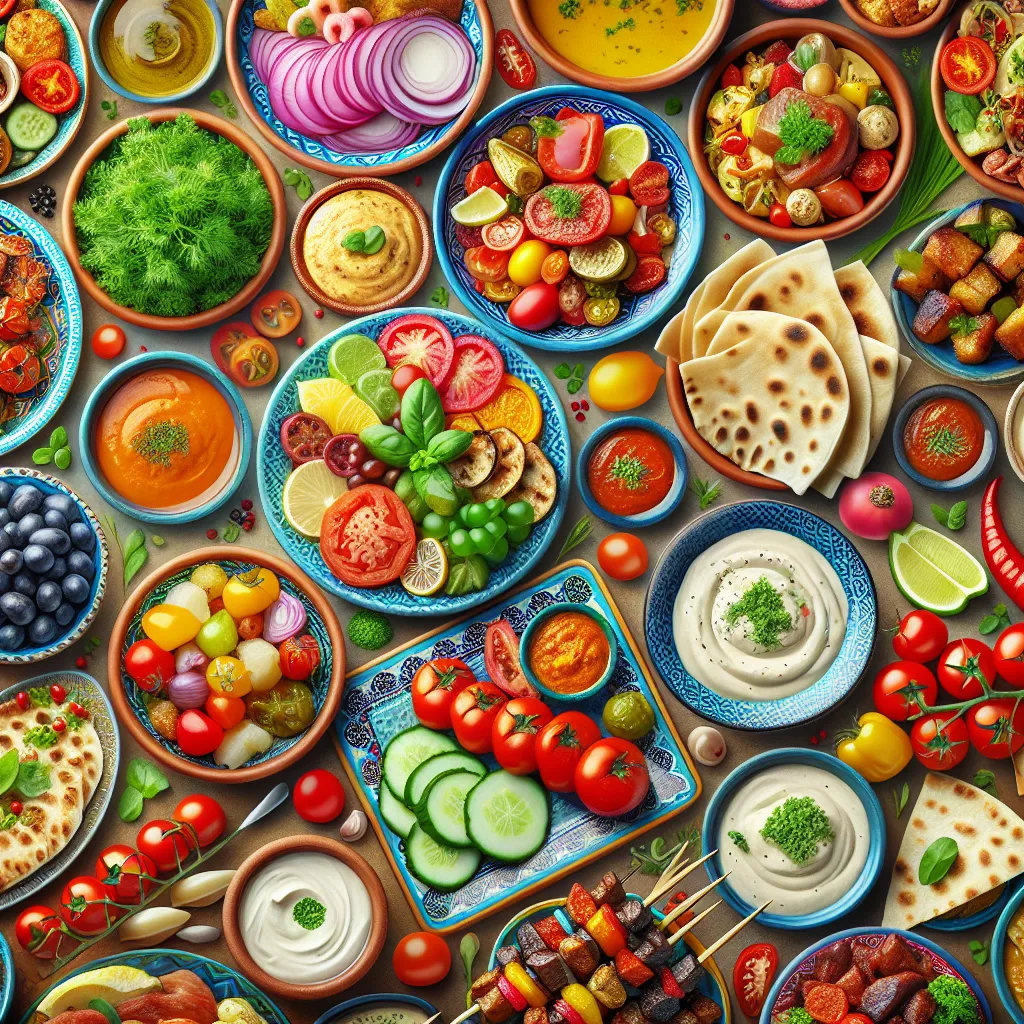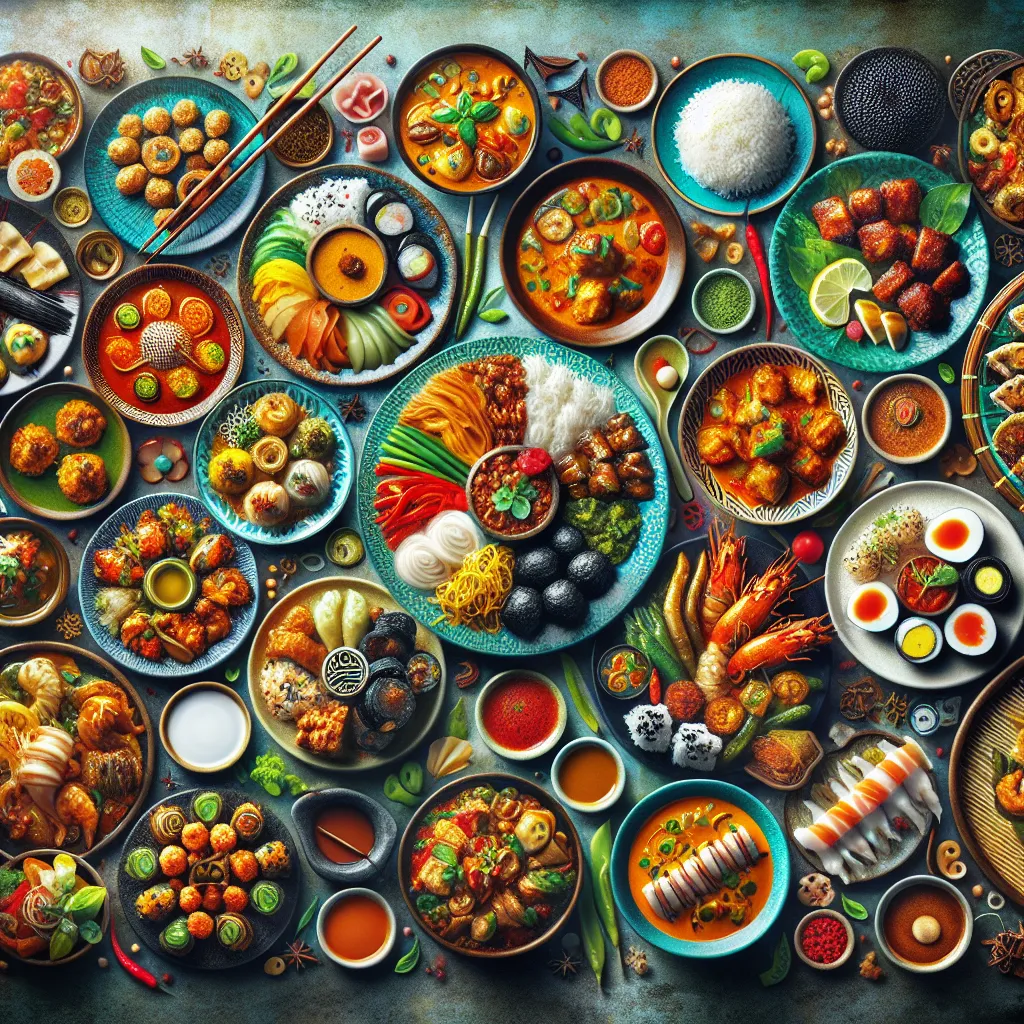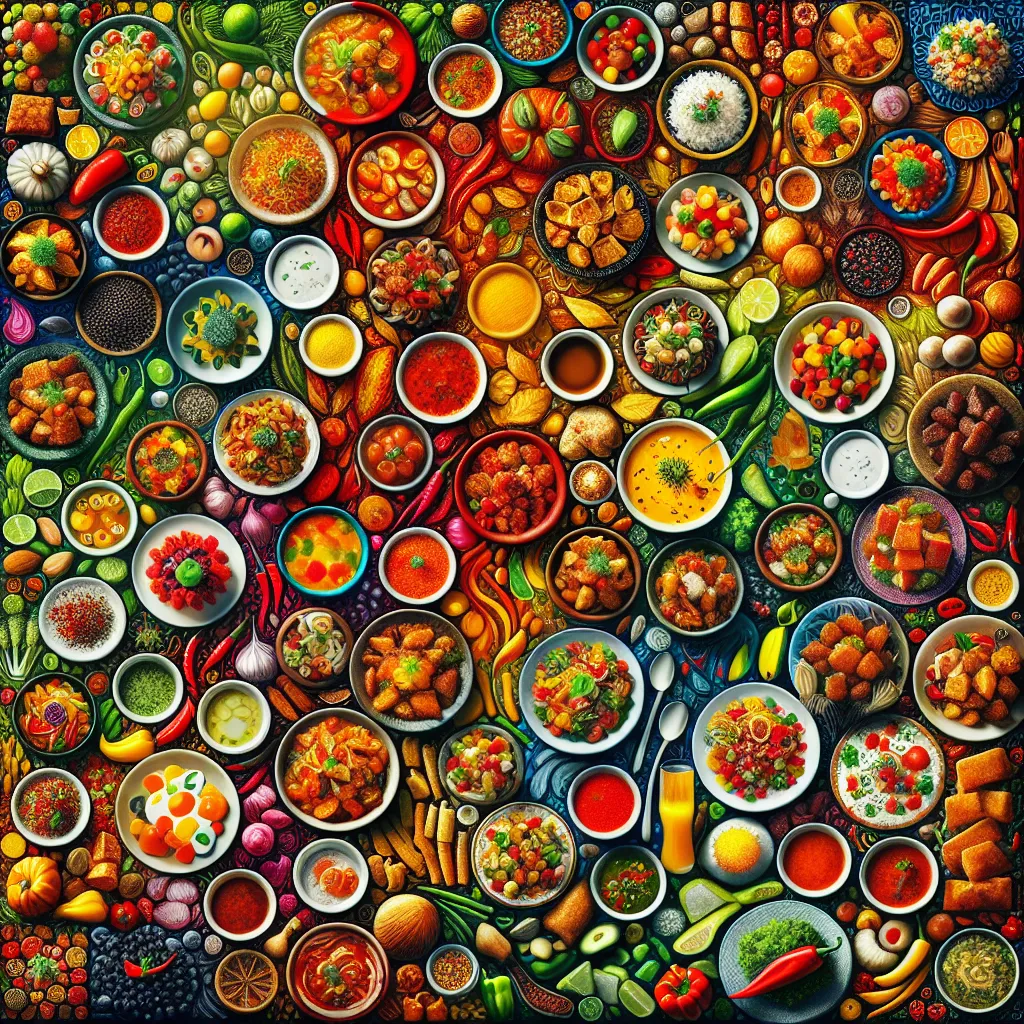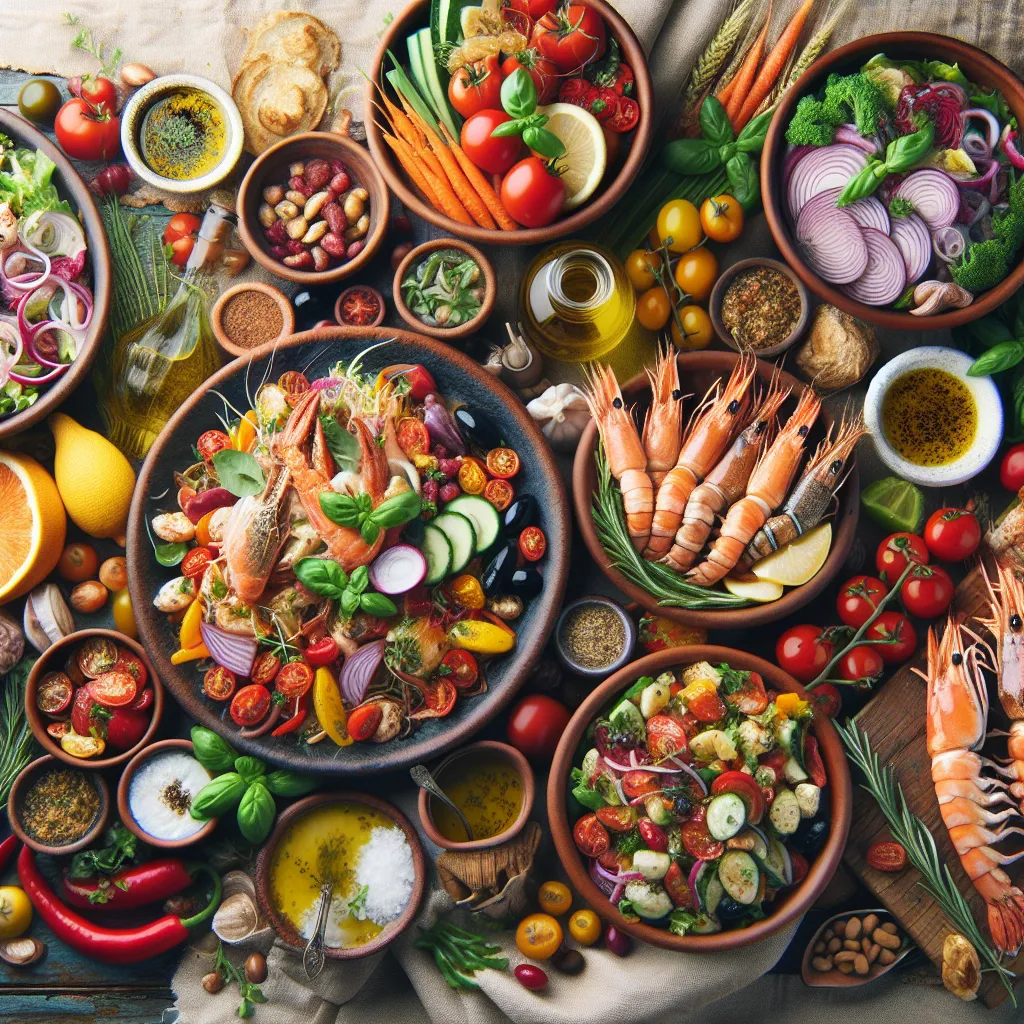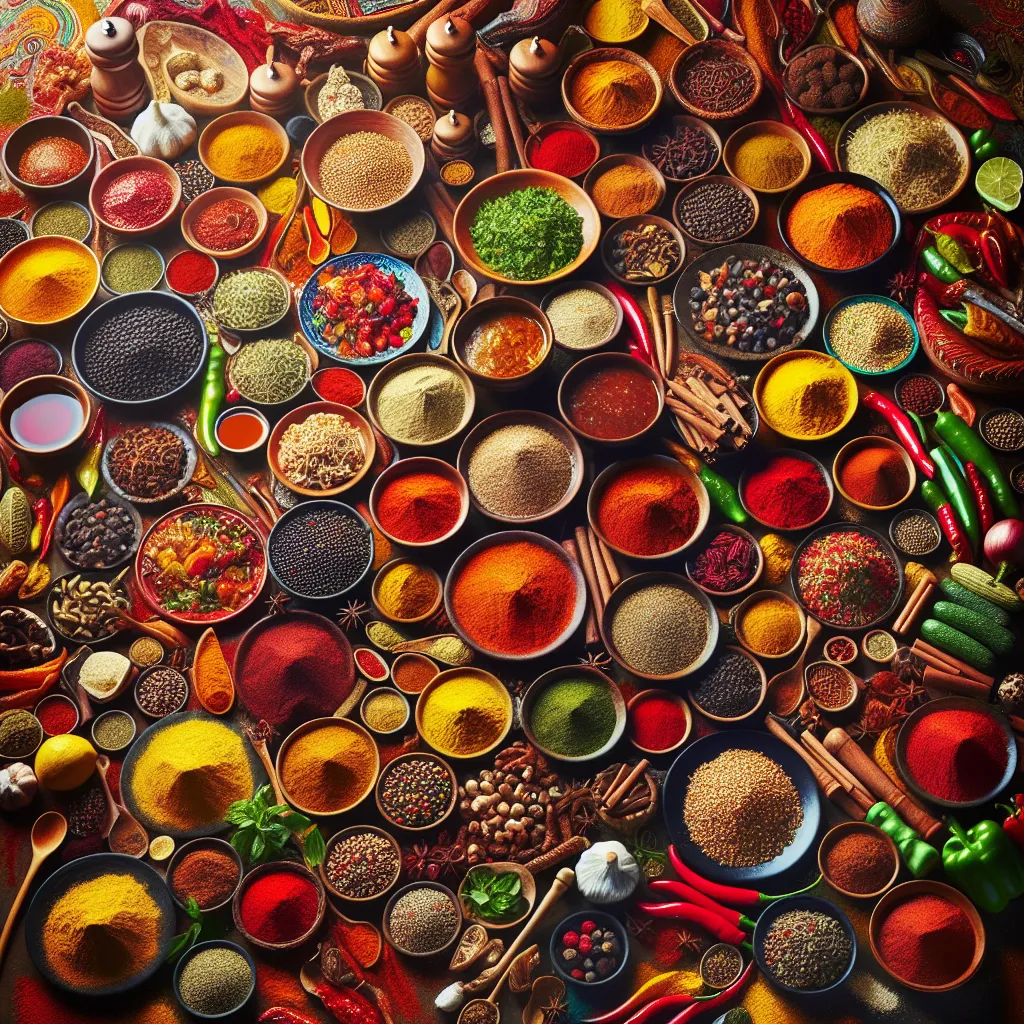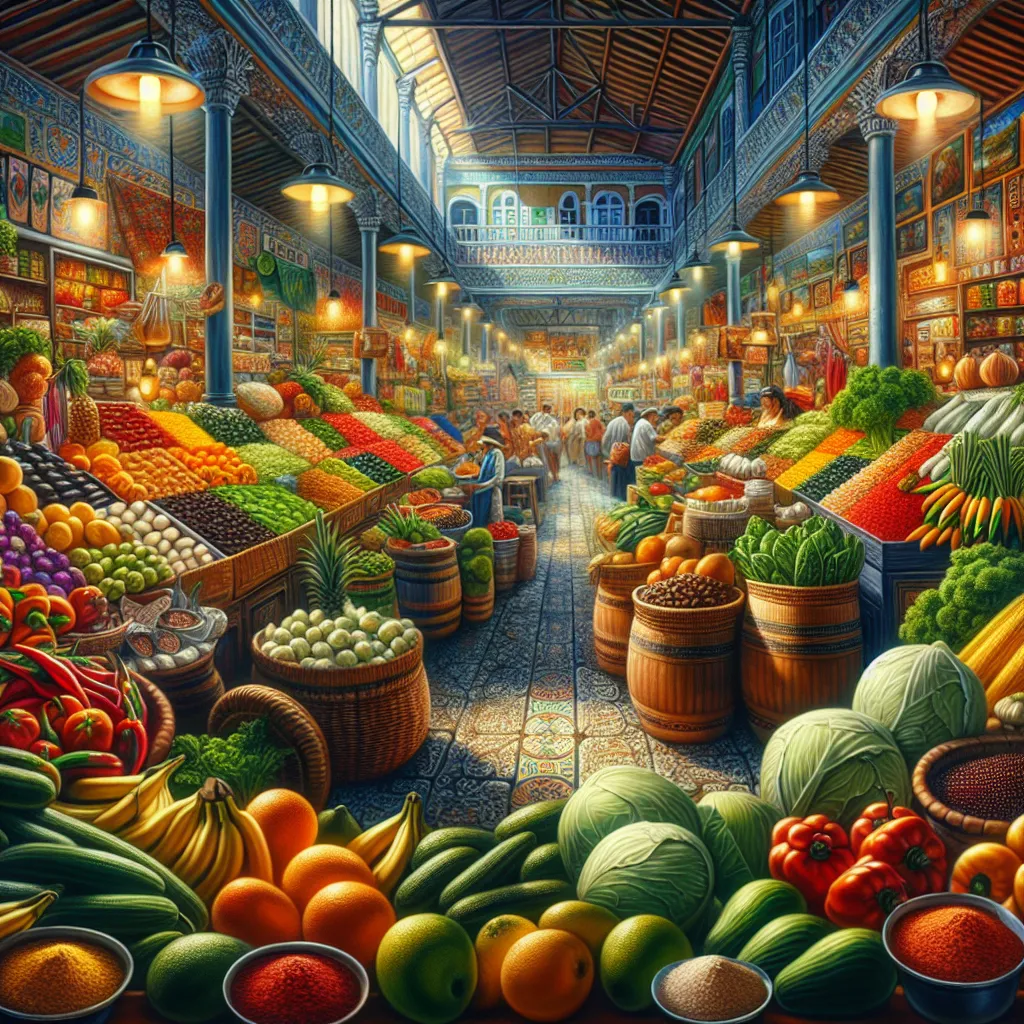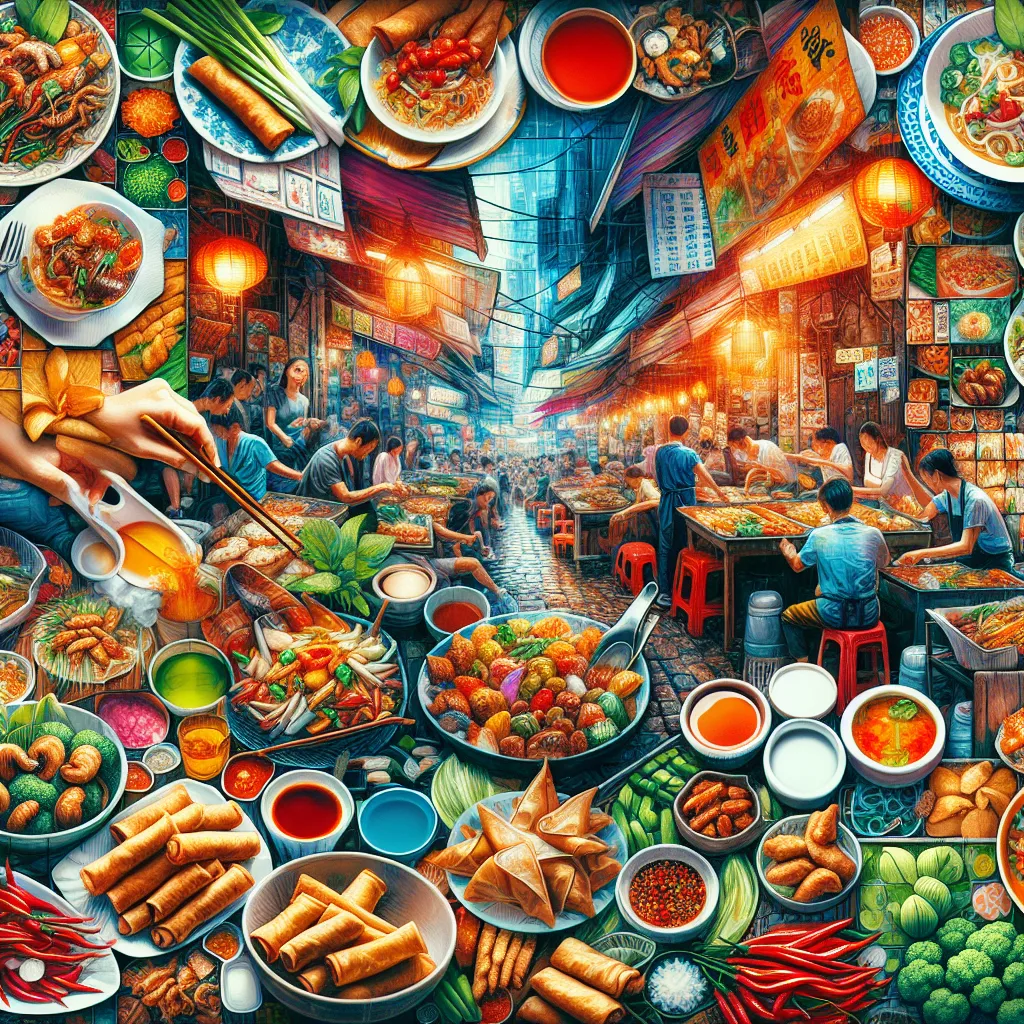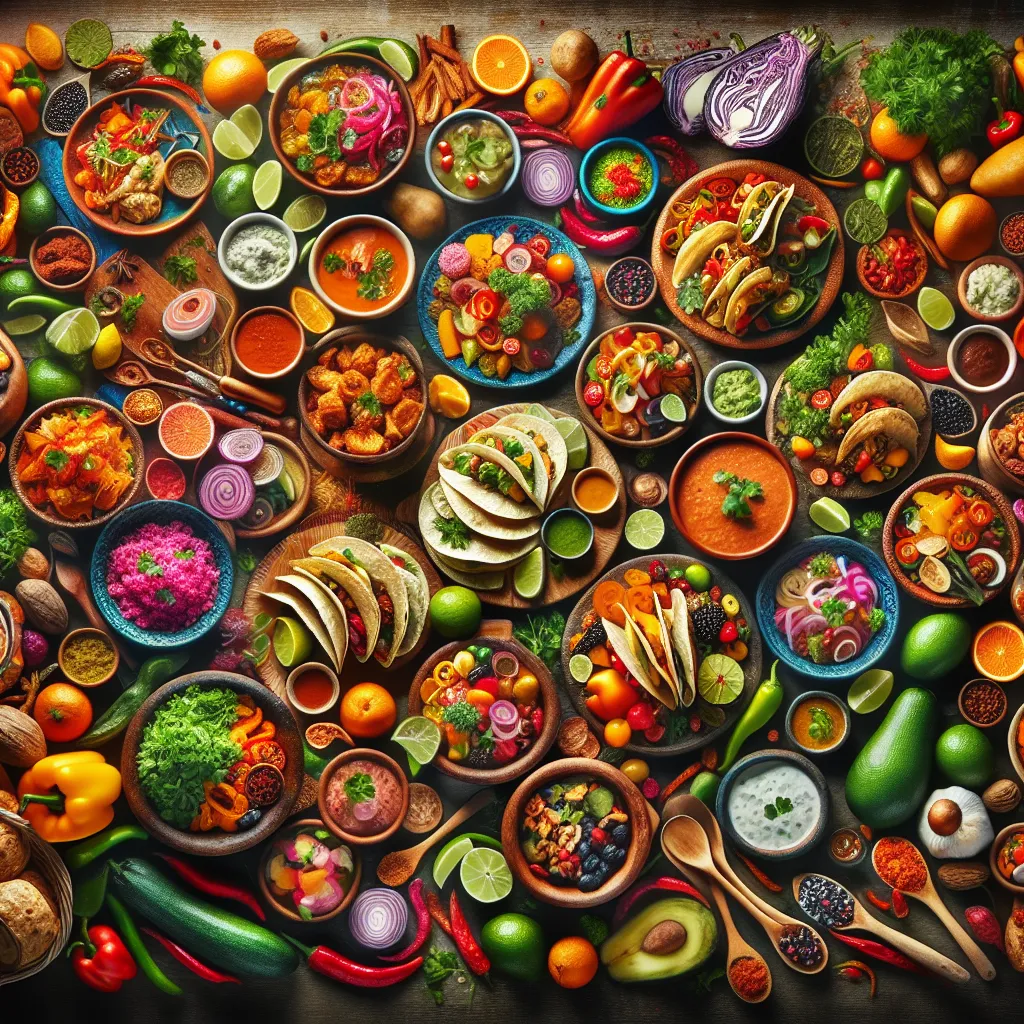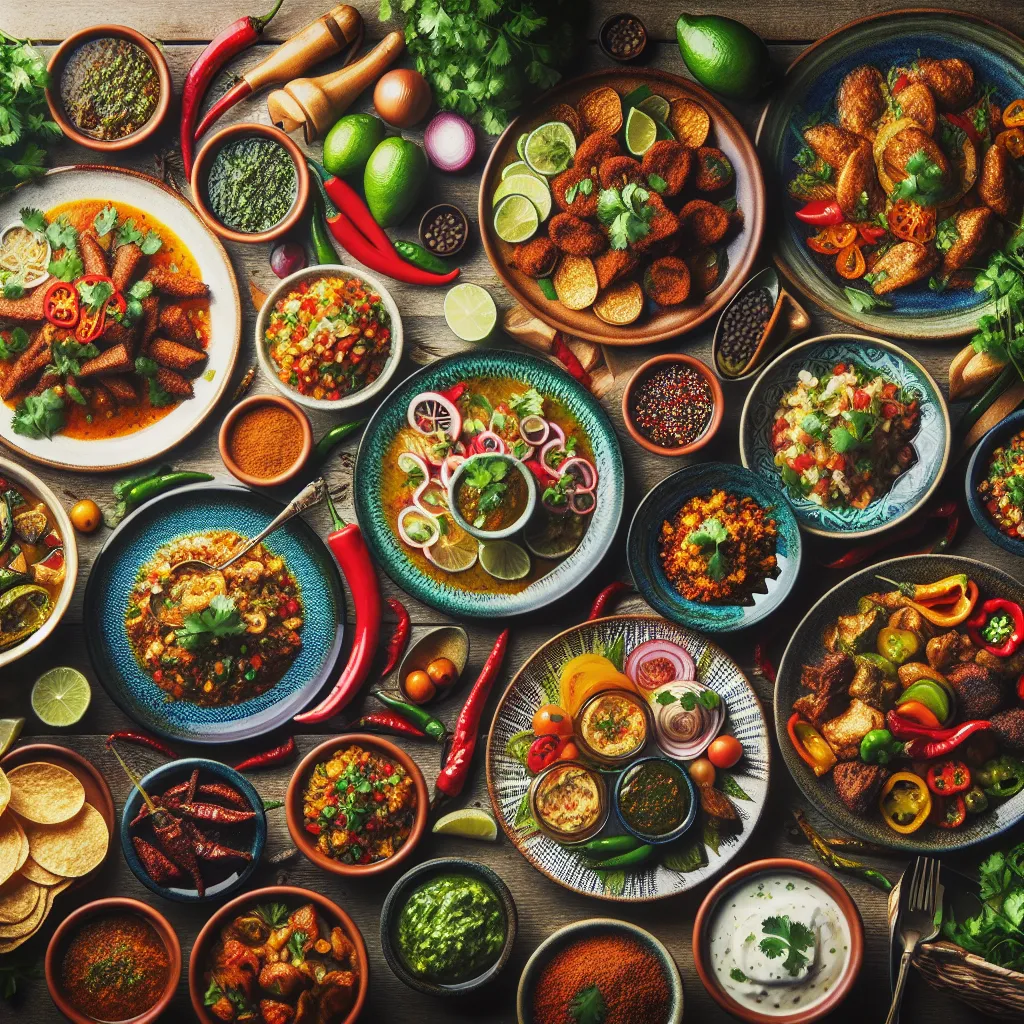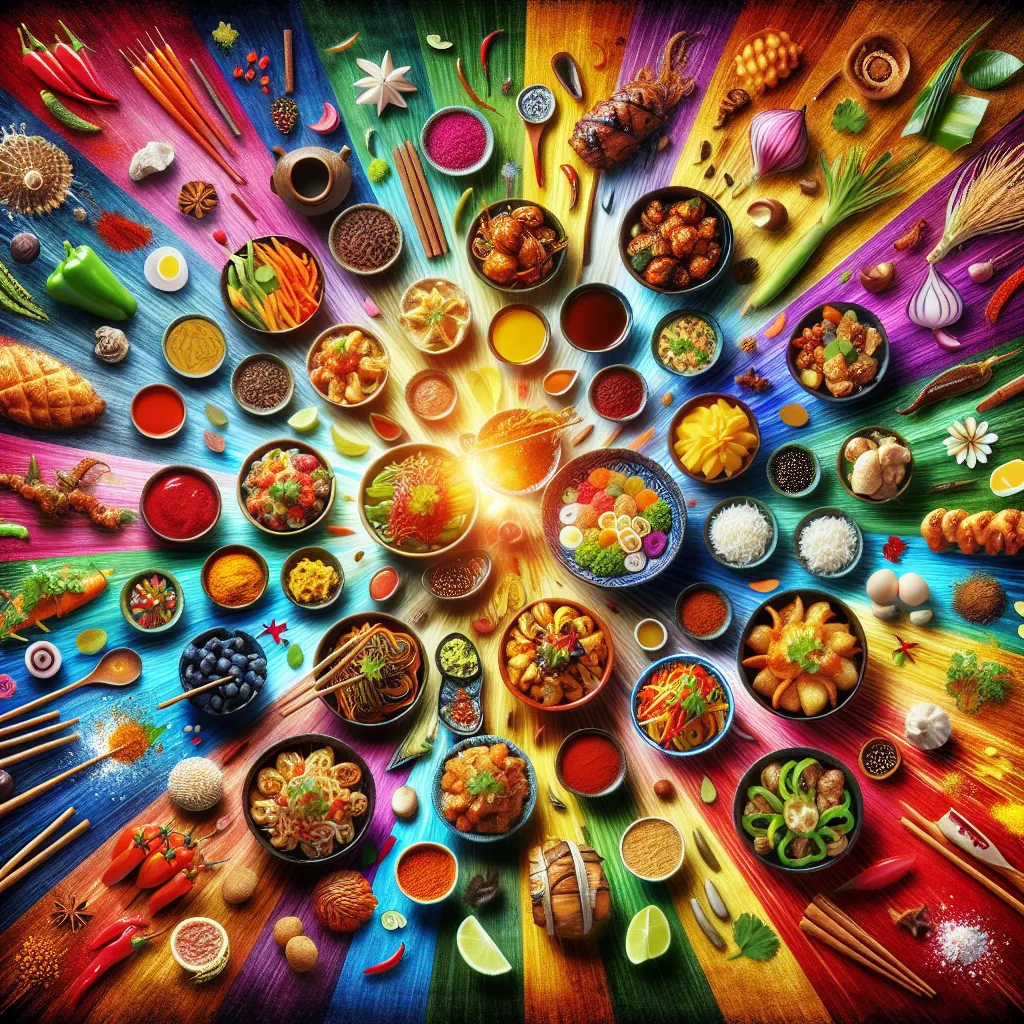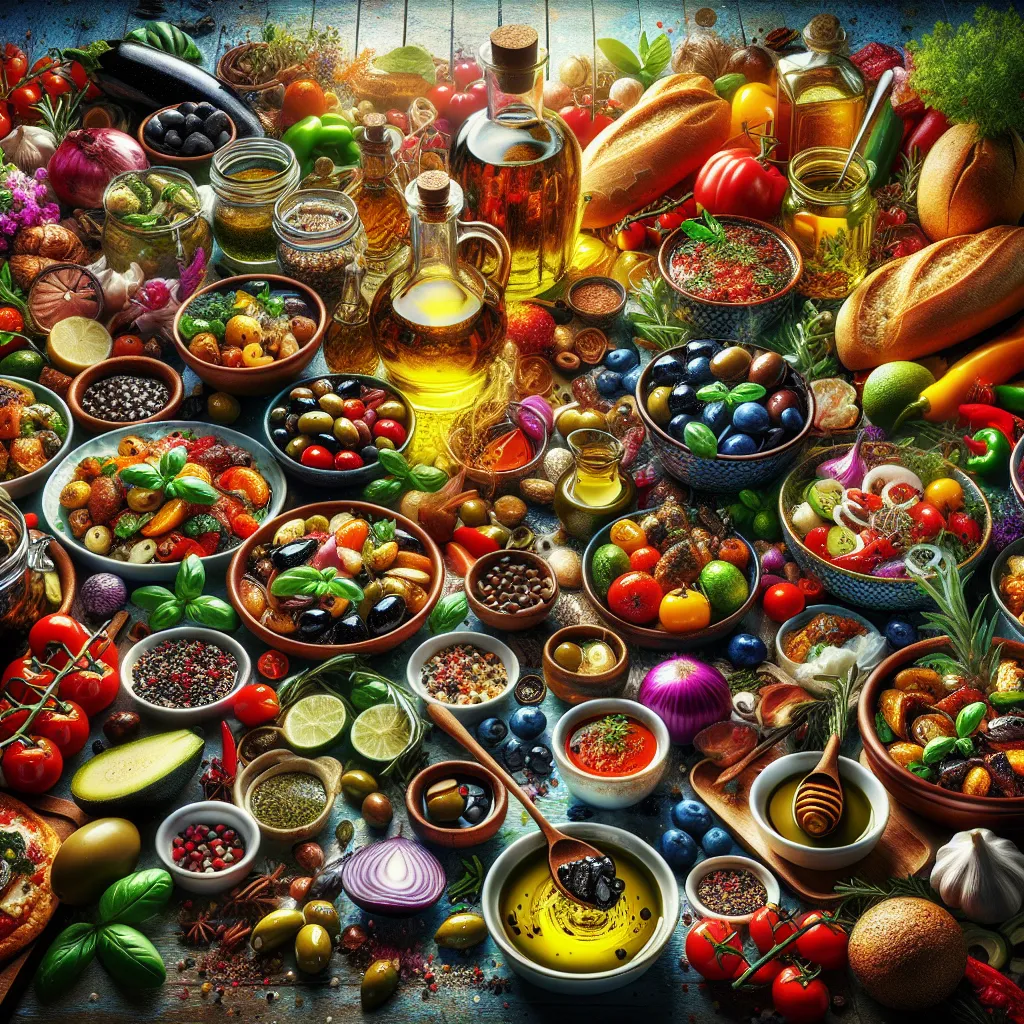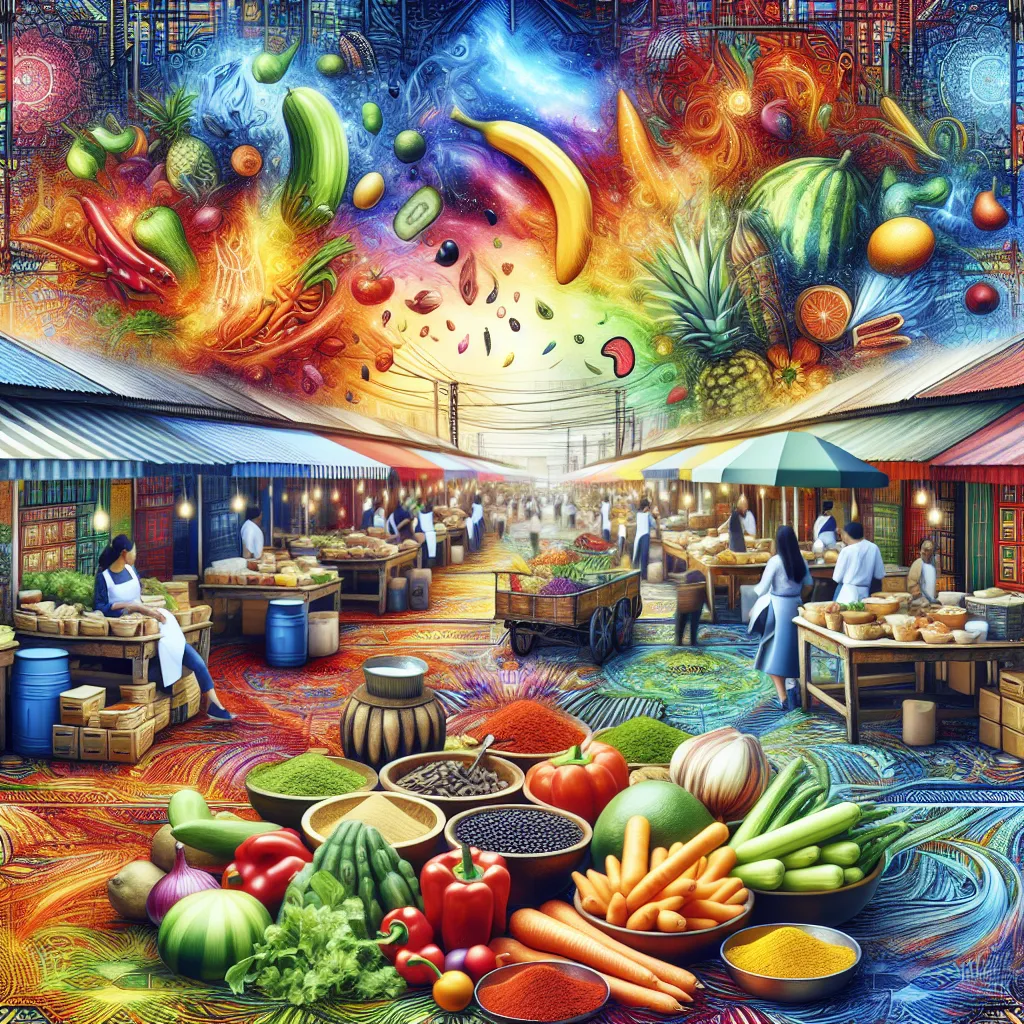Exploring the Rich Flavors of Latin Cuisine
The article delves into the rich history and diverse culinary traditions of Latin American cuisine, tracing its roots back to the indigenous peoples and the influences of European settlers and the transatlantic slave trade. It highlights the fusion of traditional indigenous ingredients with European flavors and cooking techniques, enriched by the diverse geography of the region. Furthermore, the piece emphasizes the ongoing evolution of Latin American cuisine, influenced by immigration from Europe, the Middle East, and Asia, showcasing the vibrant, bold flavors that have made it an essential part of the global culinary landscape. In addition, it provides a closer look at Latin spices and herbs, emphasizing the abundant use of ingredients such as cumin, paprika, oregano, cilantro, and epazote, and their significance in defining the distinctive flavors of Latin American dishes. The comprehensive exploration of the article promises to provide a captivating insight into the historical foundation and exotic ingredients that contribute to the tantalizing flavors of Latin American cuisine, making it a must-read for culinary enthusiasts.

